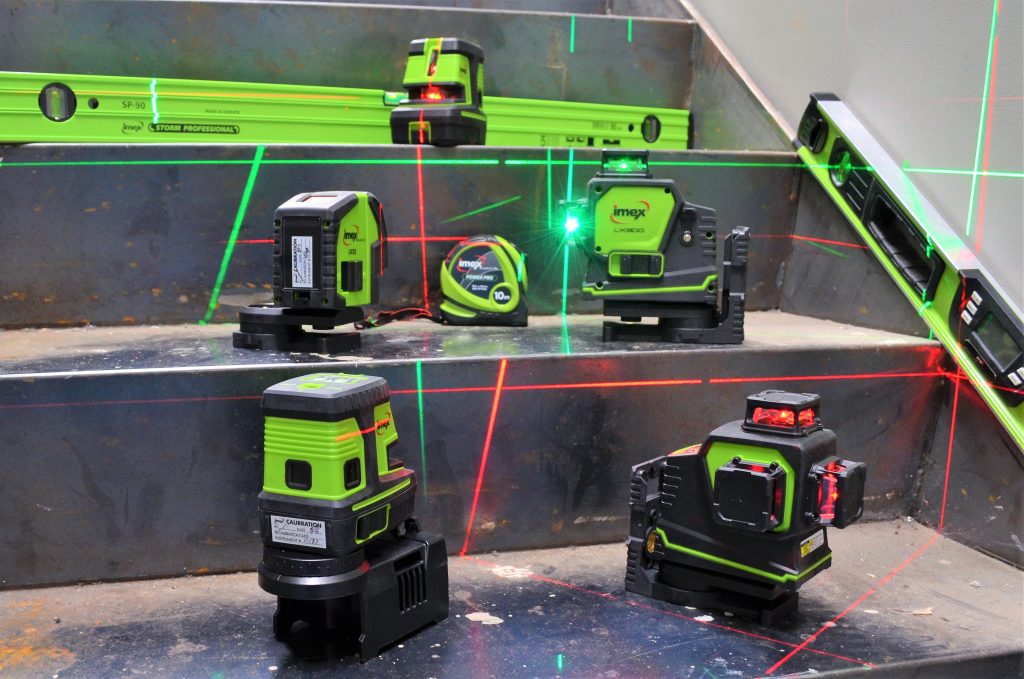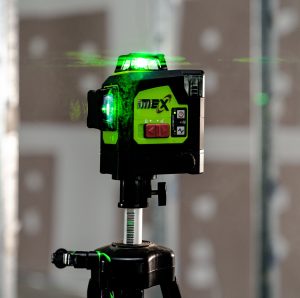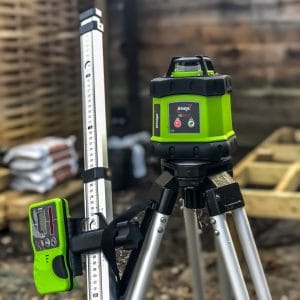The laser level has become an invaluable bit of kit for those working in the building trade, whether you’re a plumber, electrician, carpenter, general builder or just a DIY enthusiast.
The original red laser levels have been dominant in the market, but you may have noticed green laser levels growing in popularity. More than just a colour preference, laser colour choice affects performance. So, which is best?
Green Laser Level vs. Red Laser Level: in summary
As a straight-talking brand, we like to help you find the answers you need as quickly and easily as possible. Unfortunately, there is no simple answer to this one!
Which is best? The answer is: it depends.
Both red and green laser levels offer the same levels of accuracy. So, the right colour laser level for you comes down to other factors, namely visibility, application, budget & personal preference.
As a straight-talking brand, we like to help you find the answers you need as quickly and easily as possible. Unfortunately, there is no simple answer to this one!
Which is best? The answer is: it depends.
Both red and green laser levels offer the same levels of accuracy. So, the right colour laser level for you comes down to other factors, namely visibility, application, budget & personal preference.


Visibility
The human eye is more sensitive to green than red light. Without getting too scientific, this is down to the fact that green sits in the middle of the colour spectrum, whereas red sits at one end. This means that green lasers are around four times more visible than red lasers of the same output, especially when used indoors.
As a result, green lasers are generally more visible in a wider range of lighting conditions – indoors, outdoors, rain or shine, and even in direct sunlight.
The laser emitted by a green diode can be seen from a longer distance without needing a detector. It will also, generally, produce a crisper point or line and will be seen as a solid line from a rotating laser, giving it the edge for some interior jobs.
Application
When it comes to application, there are three main factors to consider: the range you’re working at, whether you’re inside or outside, and the operating time of the laser.
If you’re working in large internal spaces, you could consider switching to a green laser. The range of a red laser indoors (without a detector) can be as little as half the range of the green laser. If you need to cover longer distances, a green laser can reduce setup time by reducing the number of times you need to move your laser.
Green lasers are often hailed as the clear winner when it comes to outdoor work due to the improved visibility. This is often true, but it’s important to remember that work over longer distances (greater than 20m) might still benefit from a laser detector, and green lasers will not be compatible with your old red beam detector. This is also true of machine control receivers, so for works involving earthmoving it may still be better to stick with your red laser. Having said that, the new IMEX LRX10 receiver can pick up both red and green rotary beams, so there are products coming to market that provide a great solution here.
Another factor to consider is battery life. Green lasers use more power, so their operation time is often reduced compared to red lasers. As the battery begins to dip, so too does the visibility of the green laser. Whilst this may not be a factor if you’re only using your laser level sporadically with time to charge in between, it is worth bearing in mind. If battery life is important for you, consider the IMEX LX3DG line laser level – all the benefits of a green laser with one of the longest run times in its class.
Budget
The high-quality components that go into a green laser make it more costly to produce, a cost which is naturally passed on to the consumer. In fact, you may well find that you can sometimes buy a red laser level and detector for less than a green laser level, which may wipe out some of the performance advantages of the green laser.
How to choose a red vs. green laser level
With all the above in mind, how do you choose which is best for you? In many cases, either would work. Ultimately, it depends on what is more important for your project. Is it visibility? Range? Battery power?
A red laser level is best if you’re on a budget and working in small areas, inside, with short ranges.
A green laser level is best if you’re primarily working in larger spaces or outside. You can really reap the benefits during site layout or installation.
With all the above in mind, how do you choose which is best for you? In many cases, either would work. Ultimately, it depends on what is more important for your project. Is it visibility? Range? Battery power?
A red laser level is best if you’re on a budget and working in small areas, inside, with short ranges.
A green laser level is best if you’re primarily working in larger spaces or outside. You can really reap the benefits during site layout or installation.
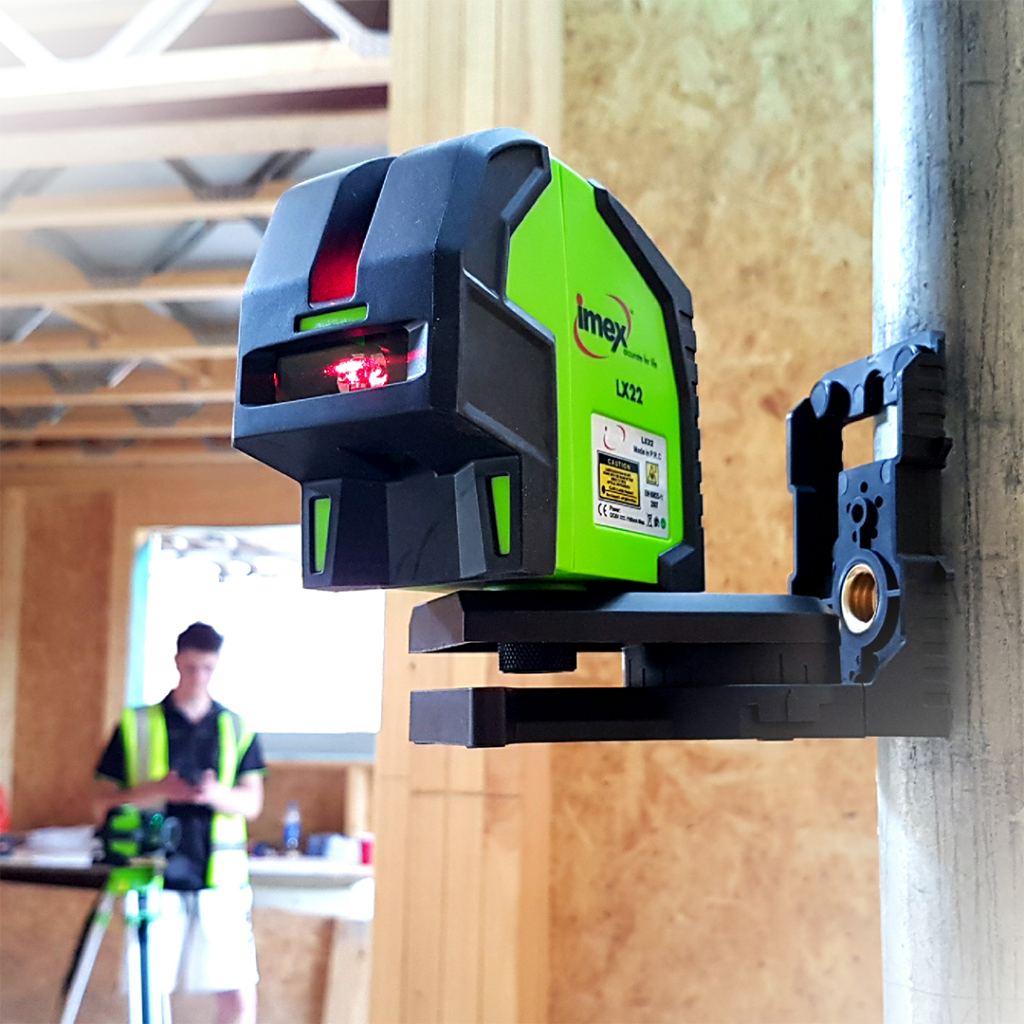

In our opinion, a green laser level offers greater versatility as it can be used for short and long-range, indoors and outdoors. The time saved by having a brighter laser which you don’t have to move around as much due to the range is likely to outperform a red laser over time.
Our recommendation for the best all-rounder? It has to be the IMEX LX3DG green line laser level. With accurate lines, long range, outdoor mode (this is often said, it’s actually mistaken for ‘pulse’ mode to use with a detector) and with its extra-long battery run-time, it’s our bestseller for a reason.
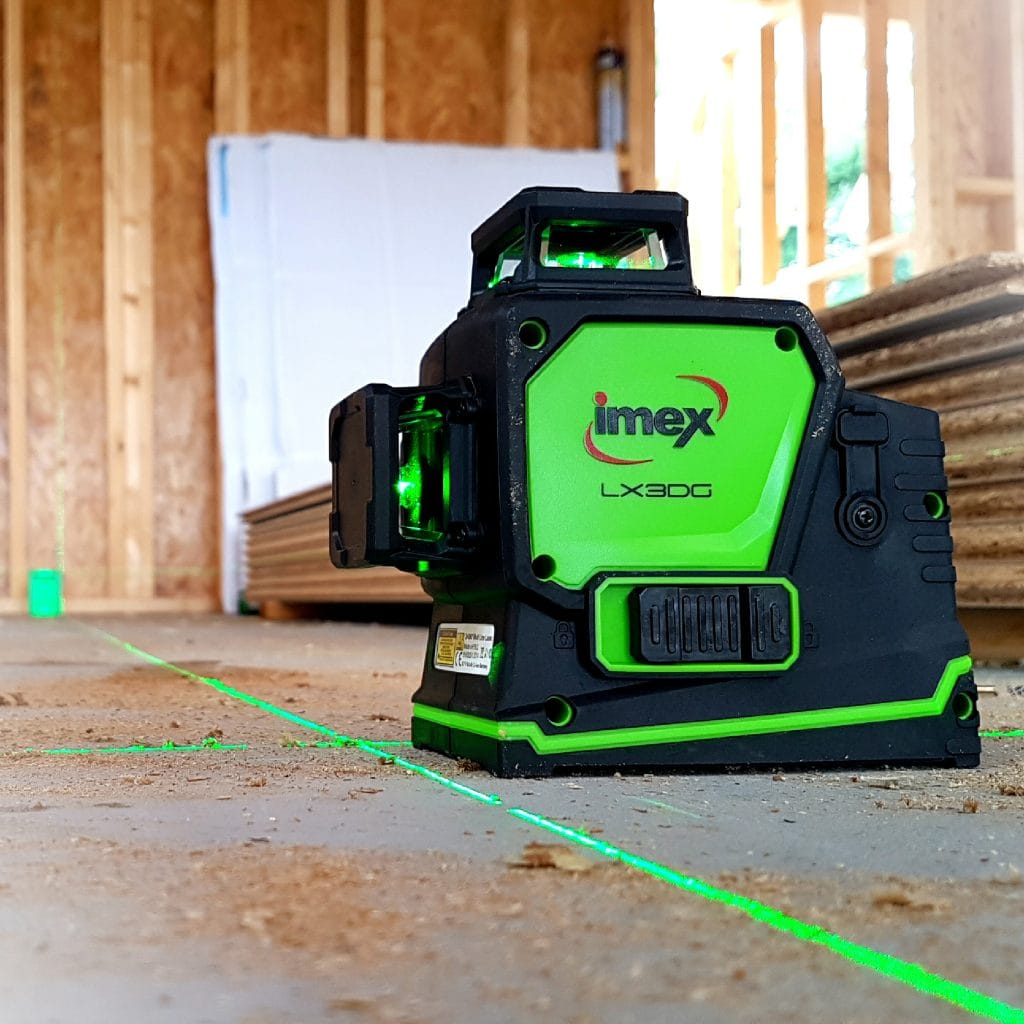
In our opinion, a green laser level offers greater versatility as it can be used for short and long-range, indoors and outdoors. The time saved by having a brighter laser which you don’t have to move around as much due to the range is likely to outperform a red laser over time.
Our recommendation for the best all-rounder? It has to be the IMEX LX3DG green line laser level. With accurate lines, long range, outdoor mode (this is often said, it’s actually mistaken for ‘pulse’ mode to use with a detector) and with its extra-long battery run-time, it’s our bestseller for a reason.

